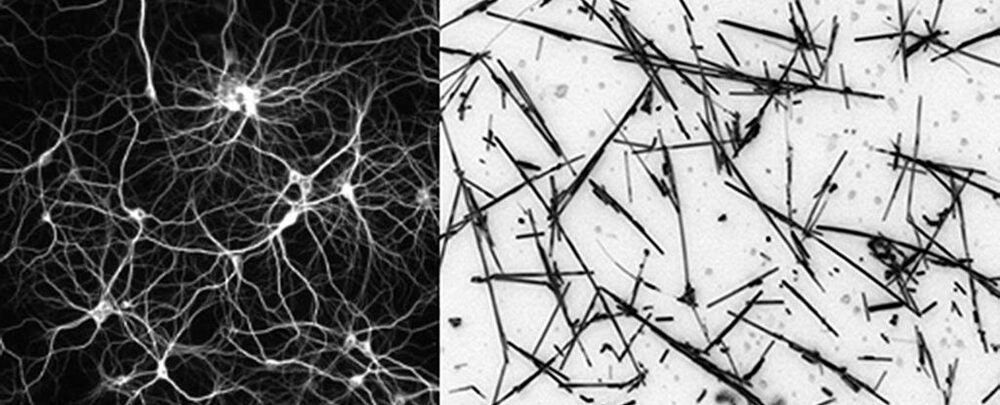Researchers have demonstrated how to keep a network of nanowires in a state that’s right on what’s known as the edge of chaos – an achievement that could be used to produce artificial intelligence (AI) that acts much like the human brain does.
The team used varying levels of electricity on a nanowire simulation, finding a balance when the electric signal was too low when the signal was too high. If the signal was too low, the network’s outputs weren’t complex enough to be useful; if the signal was too high, the outputs were a mess and also useless.
“We found that if you push the signal too slowly the network just does the same thing over and over without learning and developing. If we pushed it too hard and fast, the network becomes erratic and unpredictable,” says physicist Joel Hochstetter from the University of Sydney and the study’s lead author.
